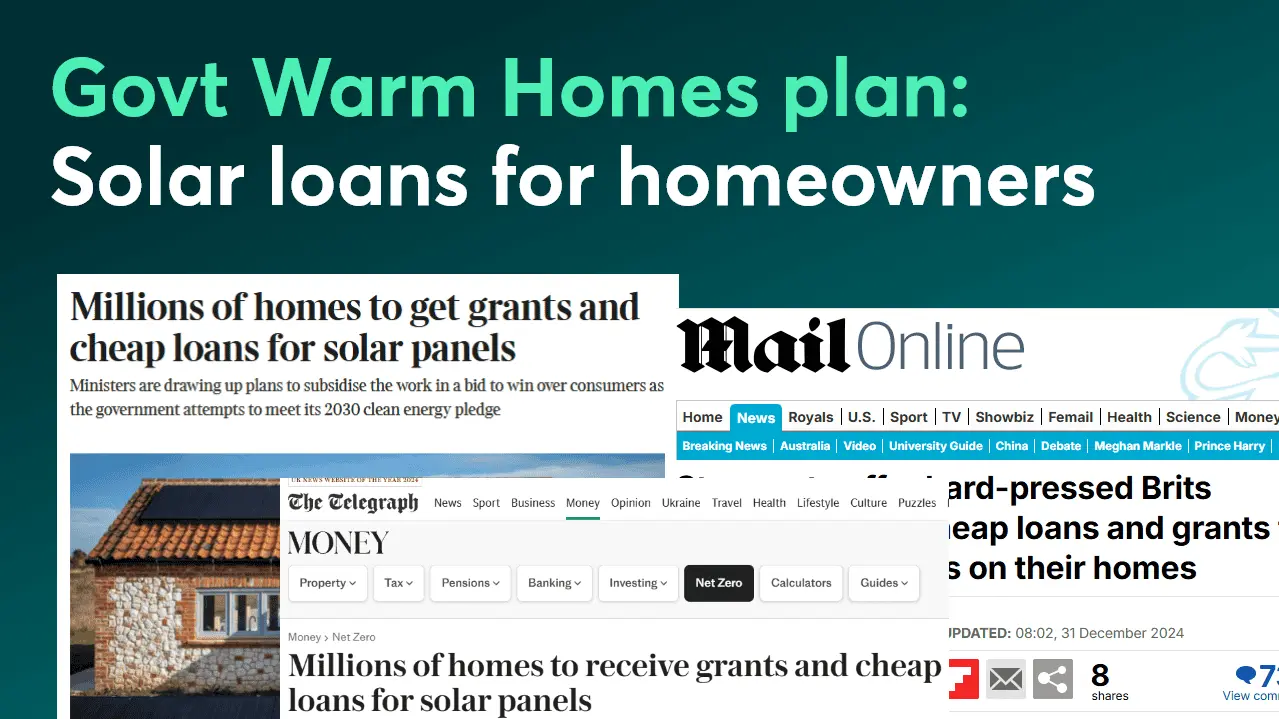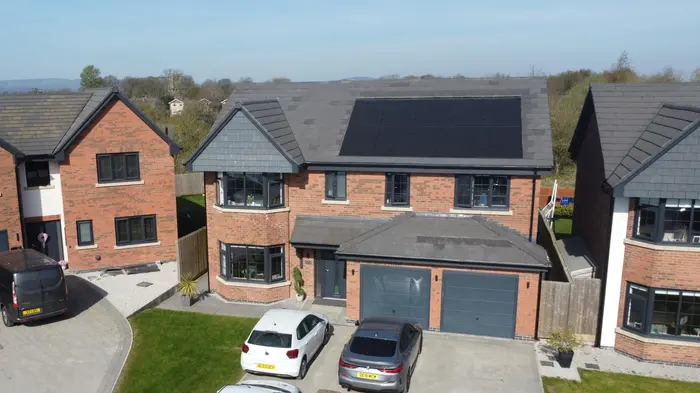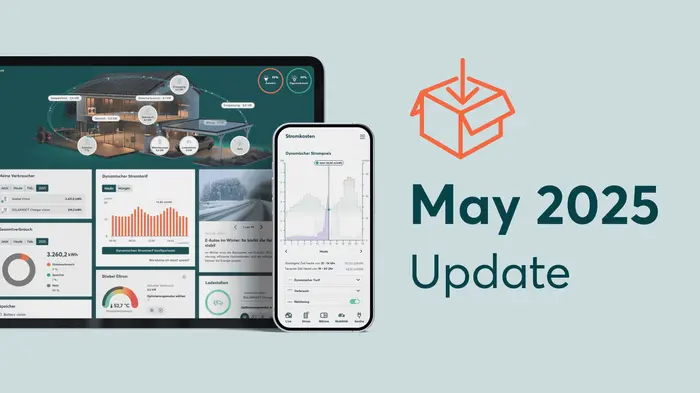UK Government's Warm Homes Plan due to reveal solar loans for homeowners

In a bold move to meet its 2030 clean energy pledge, the UK government is considering offering grants and affordable loans to millions of households to install solar panels and batteries. The initiative aims to accelerate the country’s transition to zero-carbon electricity, a key component of Labour’s manifesto under Sir Keir Starmer’s leadership.
A Clean Energy Revolution in the Works
Earlier this month, Energy Secretary Ed Miliband outlined Labour’s ambitious plan to decarbonise the UK’s energy grid by 2030. Described as "the most ambitious reform to the energy system in generations," the strategy includes achieving 95% clean electricity within the next seven years. This transformation is expected to cut energy bills, create jobs, and bolster energy security—cornerstones of Labour’s net zero agenda.
Central to this vision is a comprehensive package to support clean energy adoption, including subsidies for solar panels and battery storage. The plan emphasises helping households overcome the upfront costs of energy-efficient technologies, which remain a barrier for many.
How the Solar Scheme Would Work
Under the proposed scheme:
- Fuel-poor households could receive upfront grants to cover the costs of installing solar panels and batteries.
- Other homeowners may access low-interest loans to fund the installations. These loans would be repaid through energy bills but at rates lower than current electricity costs, ensuring affordability.
- The government is also considering increasing the financial incentives for homeowners who sell excess solar energy back to the grid, potentially making solar installations even more appealing.
These measures aim to not only reduce household energy costs but also reshape the economics of low-carbon heating systems like heat pumps.
The Bigger Picture
The solar subsidy initiative is a critical element of the government’s clean energy strategy. With targets like installing 600,000 heat pumps annually by 2028, the push for renewable energy is tied to larger systemic changes in how the UK generates and uses electricity.
“Installing rooftop solar along with battery storage has the potential to significantly reduce energy costs for households,” a senior government source noted. “It can also make heat pumps and other green technologies more financially viable.”
Challenges and Opportunities
While the plan has received praise for its forward-thinking approach, its success hinges on overcoming several hurdles:
- Treasury Approval: The financial scale of the initiative requires substantial government backing, raising concerns about long-term costs.
- Uptake and Awareness: Encouraging widespread adoption will require effective communication and support for homeowners.
- Grid Infrastructure: An increase in solar energy generation will necessitate upgrades to the national grid to manage and distribute power effectively.
Why It Matters
This initiative is not just about hitting emission targets—it’s about transforming lives. By harnessing Britain’s natural resources and empowering households to generate their own clean energy, the government is tackling economic, social, and environmental challenges head-on.
Ed Miliband summed it up aptly: “This is about harnessing the power of Britain’s natural resources to protect working people from the ravages of global energy markets. The clean power sprint is the national security, economic security, and social justice fight of our time.”
Looking Ahead
With an initial commitment of £3.4 billion over the next three years, the government aims to upgrade 300,000 homes in the first year alone. If successful, this program could position the UK as a global leader in clean energy innovation, setting a benchmark for sustainable living.
As we edge closer to 2030, the push for clean energy is no longer just an environmental imperative—it’s a societal transformation. Millions of homes equipped with solar panels represent a future where energy is affordable, sustainable, and resilient. For households across the UK, the sun might just be the answer to brighter, greener days ahead.
Criticisms of the Scheme:
- Feasibility and Administrative Costs: Concerns have been raised about the practicality of implementing such a large-scale initiative. Critics argue that the administrative expenses associated with managing the grants and loans could be substantial, potentially diminishing the program's overall effectiveness.
- Comparison to Previous Initiatives: Sceptics draw parallels with the Green Deal, a prior government scheme aimed at improving energy efficiency, which faced criticism for low uptake and high interest rates. They caution that without addressing past shortcomings, the new proposal might encounter similar challenges.
- Economic Impact on Households: There are apprehensions that the financial burden of repaying these loans, even at low interest rates, could disproportionately affect lower-income households. Critics emphasize the need for equitable access to ensure that all socioeconomic groups can benefit from the scheme without facing undue financial strain.
- Potential for Limited Uptake: Based on historical precedents, there is scepticism about whether the scheme will achieve widespread adoption. Factors such as public awareness, perceived benefits, and the complexity of the application process could influence participation rates.
- Impact on Property Market: Some experts warn that attaching loans to properties might affect their resale value and marketability. Future buyers may be hesitant to inherit properties with outstanding energy efficiency loans, potentially complicating real estate transactions.
While the initiative aims to advance the UK's clean energy goals by increasing residential solar capacity, these criticisms highlight the importance of careful planning and consideration of potential pitfalls to ensure the scheme's success and sustainability.

Your press contact
Paula Harris
Marketing and Communications Manager UK & Ireland


